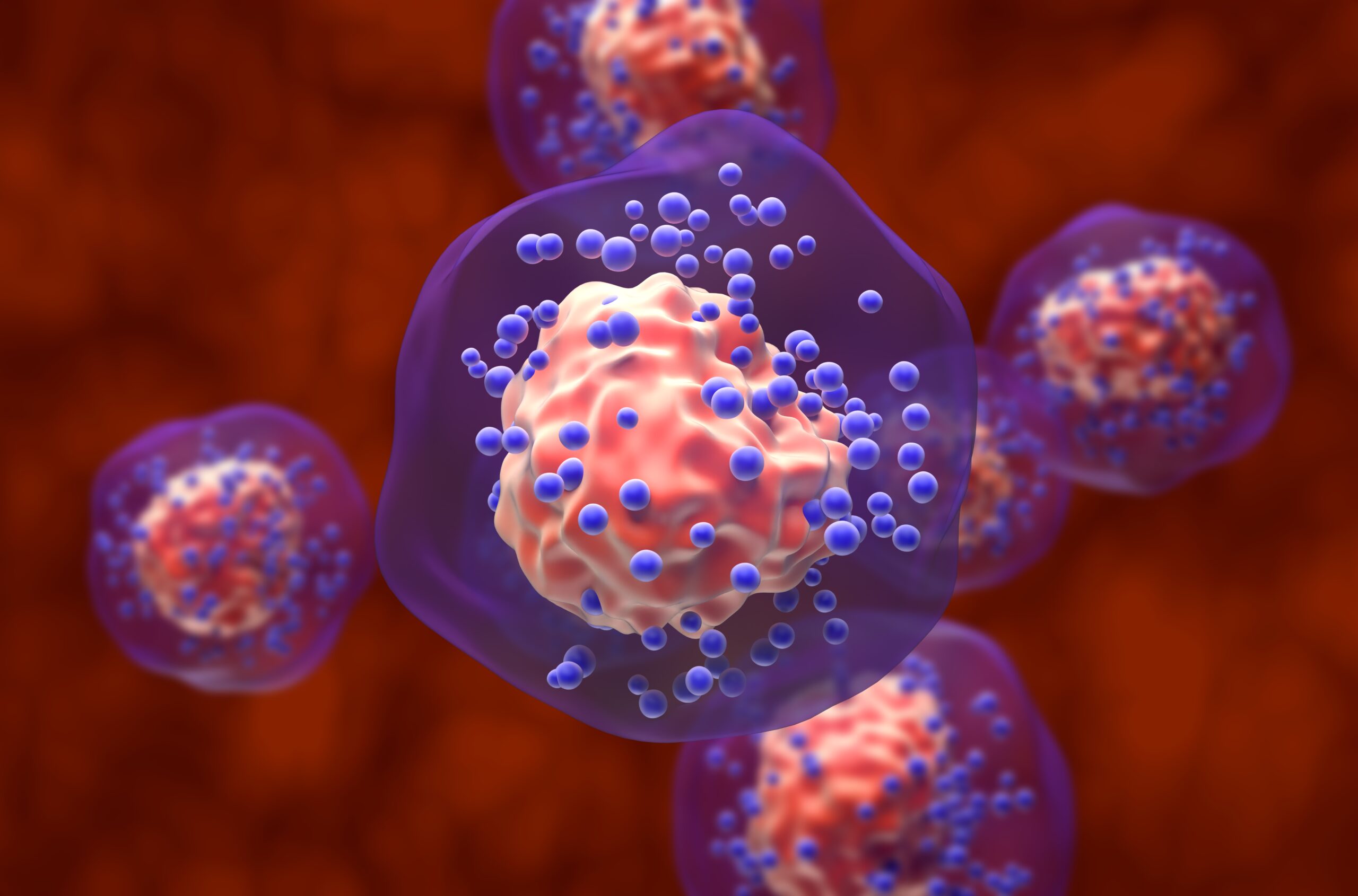THE ECONOMIC burden of diabetes is far greater than previously recognised and is set to place sustained pressure on health systems and societies worldwide, according to a large global modelling study spanning 204 countries and…
Category: 6. Health
-

NHS England » Bounce back in winter viruses as NHS top doctor warns ‘the worst is far from over’
Christmas and New Year gatherings may have caused a bounce back in winter viruses, as the health service also grapples with a vicious cold snap.
Figures published today show that the number of patients in hospital beds with…
Continue Reading
-

Pills that communicate from the stomach could improve medication adherence | MIT News
In an advance that could help ensure people are taking their medication on schedule, MIT engineers have designed a pill that can report when it has been swallowed.
The new reporting system, which can be incorporated into…
Continue Reading
-

Researchers find promising new way to boost the immune response to cancer
Published:
2026-01-08 09:29:00
microscopy image depicting immune receptor distribution analysis in human T cells. The same-coloured spots represent receptors that are clumped together in a… Continue Reading
-
Can Asthma Apps Help Fix NHS Care Gaps? – Medscape
- Can Asthma Apps Help Fix NHS Care Gaps? Medscape
- Digital tools approved to support asthma patients HSJ | Health Service Journal
- AI could boost GP accuracy in lung condition diagnosis, says NICE GPonline
- Nurses welcome NICE recommendation on…
Continue Reading
-

Just 10 minutes of exercise can trigger powerful anti-cancer effects
As people return to gyms or start new fitness routines in the new year, new research suggests that even a short burst of intense exercise could play a role in protecting against cancer. Scientists report that as little as 10 minutes of hard…
Continue Reading
-

A case report of tuberculous peritonitis with negative geneXpert and p
Introduction
Smear-negative pulmonary and extrapulmonary tuberculosis significantly contributes to the underdiagnosis of TB, resulting in delayed diagnosis, inappropriate antibiotic use, and higher mortality rates, particularly among critically…
Continue Reading
-

Pitavastatin identified as potential treatment for triple-negative breast cancer
A commonly prescribed cholesterol-lowering drug, called pitavastatin, could be used to treat patients with triple-negative breast cancer, after researchers found that it has the ability to block a key cancer survival protein.

A…
Continue Reading
-

Beyond Nociception: Unmasking Neuropathic Pain and Central Sensitizati
Introduction
Knee osteoarthritis (OA) is the most common cause of chronic pain and joint-related diseases.1 OA is currently estimated to affect approximately 37% of individuals aged 45 years and older, and the prevalence of this condition is…
Continue Reading

